Release time: Dec. 06, 2024
Are you looking to purchase new wire rope but feeling a bit confused by the variety of types and structures available? In this article, we'll address the following basic aspects to help clarify your options.
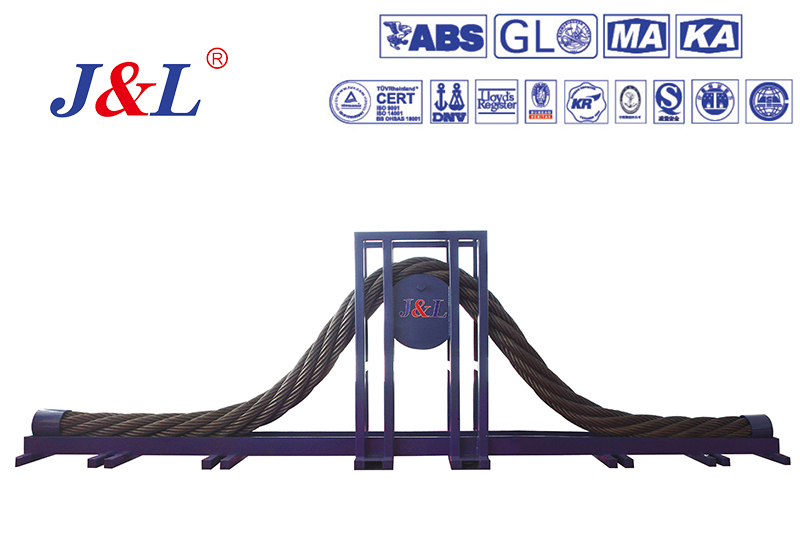
1. The Construction
The rope class is different from the rope construction. For example, the rope class 6×19: the first number, 6 in this case, represents the total number of strands in the rope, the second number 19 identifies a class or range of values and isn't an exact measurement.
Class 6×19 includes the following constructions 6×17S, 6×19S, 6×21S, 6×21F, 6×19W, 6×25F, 6×26WS.
Even though this might sound confusing, when you place an order, just please tell us the specific construction.
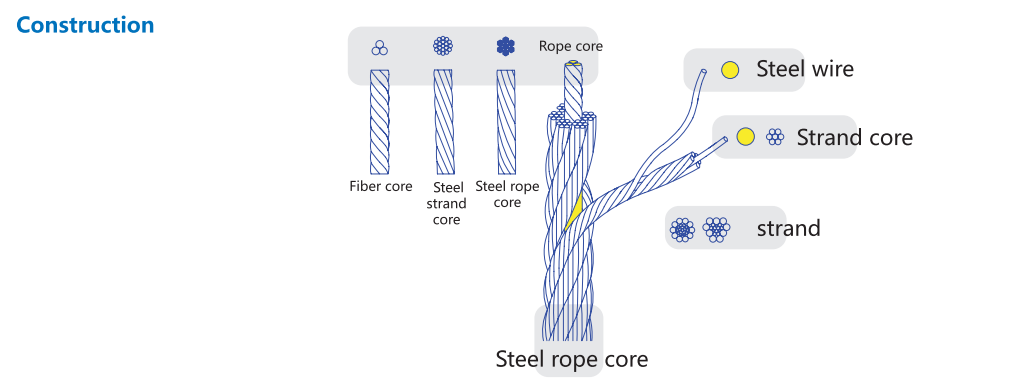
2. Wire Rope Lay
When wires are helically laid into a strand (or the strands in a rope), they can twist in the same direction or the opposite direction. The following picture shows four manners of twist.
RIGHT LAY: A strand in which the cover wires are laid in a helix having a right-hand pitch or a rope in which the strands are laid in a helix having a right-hand pitch.
LEFT LAY: A rope strand in which the cover wires are laid in a helix having a left-hand pitch, or a rope in which the strands are laid in a helix having a left-hand pitch.

Lang lay steel wire ropes are suitable for multi-layer winding drums because adjacent wire ropes do not rub against each other, which can significantly extend the lifespan of the wire rope. This is particularly important in situations requiring multi-layer winding, such as with large lifting equipment.
Ordinary lay wire ropes offer better structural stability because the strands are twisted in the opposite direction to the wires, enhancing their resistance to external twisting forces. This stability is particularly important for applications that need to withstand complex loads and vibrations, such as in mine hoisting and bridge suspension.
3. Marking Method
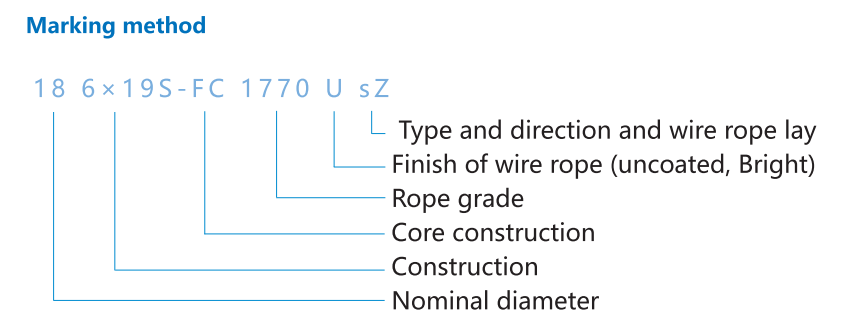
4. Necessary Information should be Specified by Users
1) Standard No.
2) Product name
3) Construction (code)
4) Nominal diameter
5) Rope grade or minimum breaking load
6) Type of rope core
7) Direction and type of wire rope lay
8) Finish of wire rope (ungalvanized or galvanized)
9) Quantity (length, number of rolls, weight)
10) Requirements for lubrication(conditions and types of lubrication of wire rope and strand)
11) Application
12) Other requirements of the users
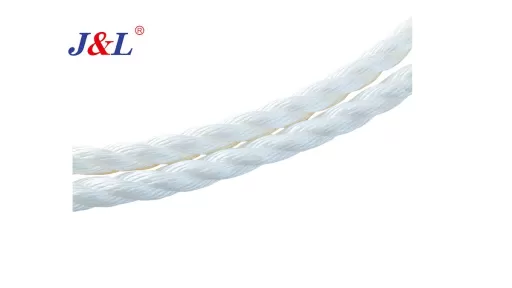 3 Strand Multifilament Polyester Mooring Rope
3 Strand Multifilament Polyester Mooring Rope
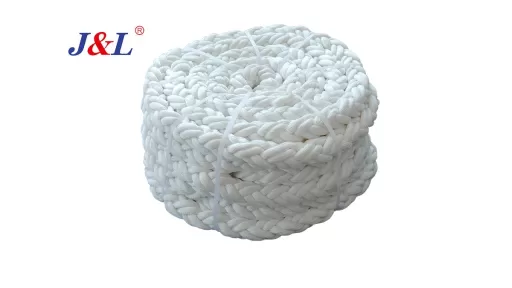 Polyester Mooring Rope
Polyester Mooring Rope
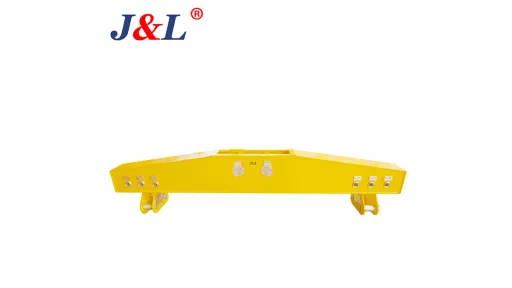 Lifting Beam
Lifting Beam
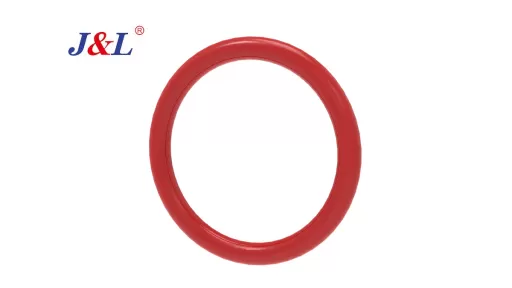 Weldless Ring, Pear Shaped Link, Master Link
Weldless Ring, Pear Shaped Link, Master Link
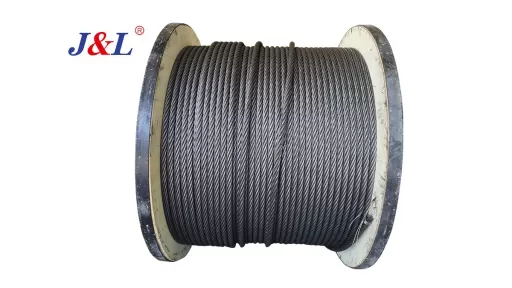 Fiber Core Steel Wire Rope
Fiber Core Steel Wire Rope
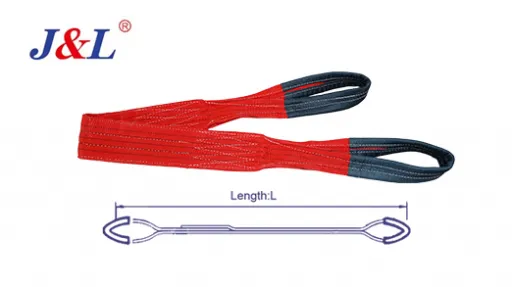 W01-5 Eye Type Polyester Webbing Sling
W01-5 Eye Type Polyester Webbing Sling
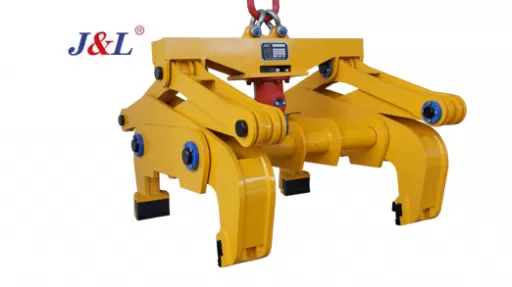 Slab Clamp
Slab Clamp
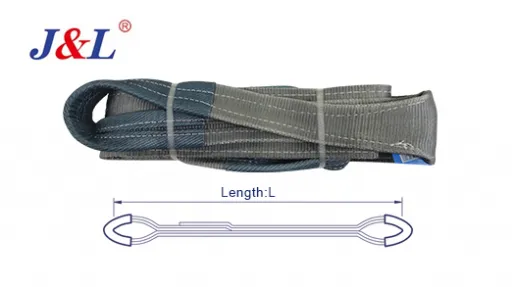 Heavy Eye Webbing Sling W02-08 | Webbing Slings by J&L
Heavy Eye Webbing Sling W02-08 | Webbing Slings by J&L
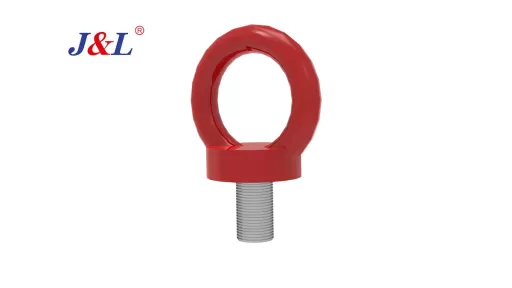 Machinery Eye Bolts
Machinery Eye Bolts